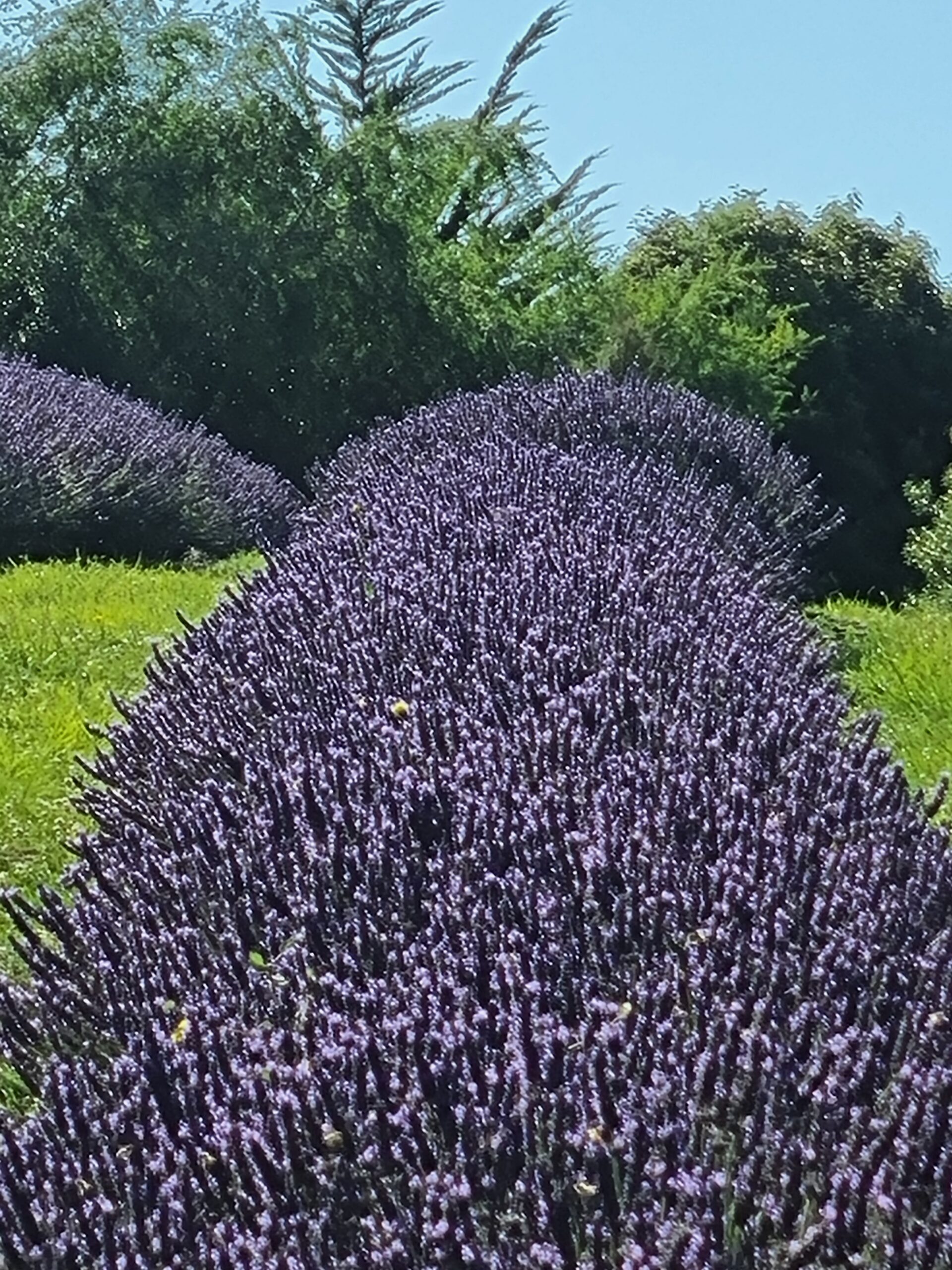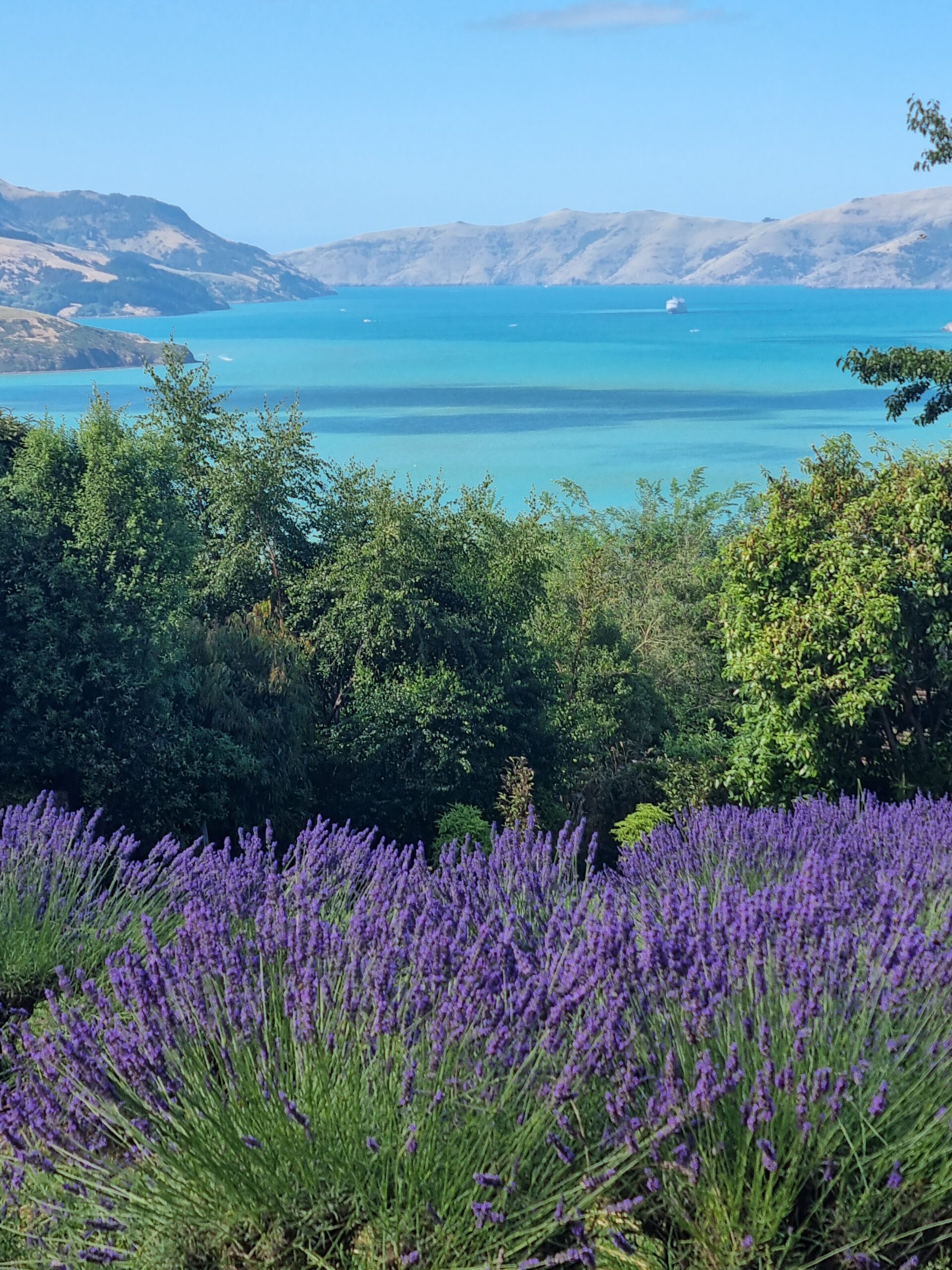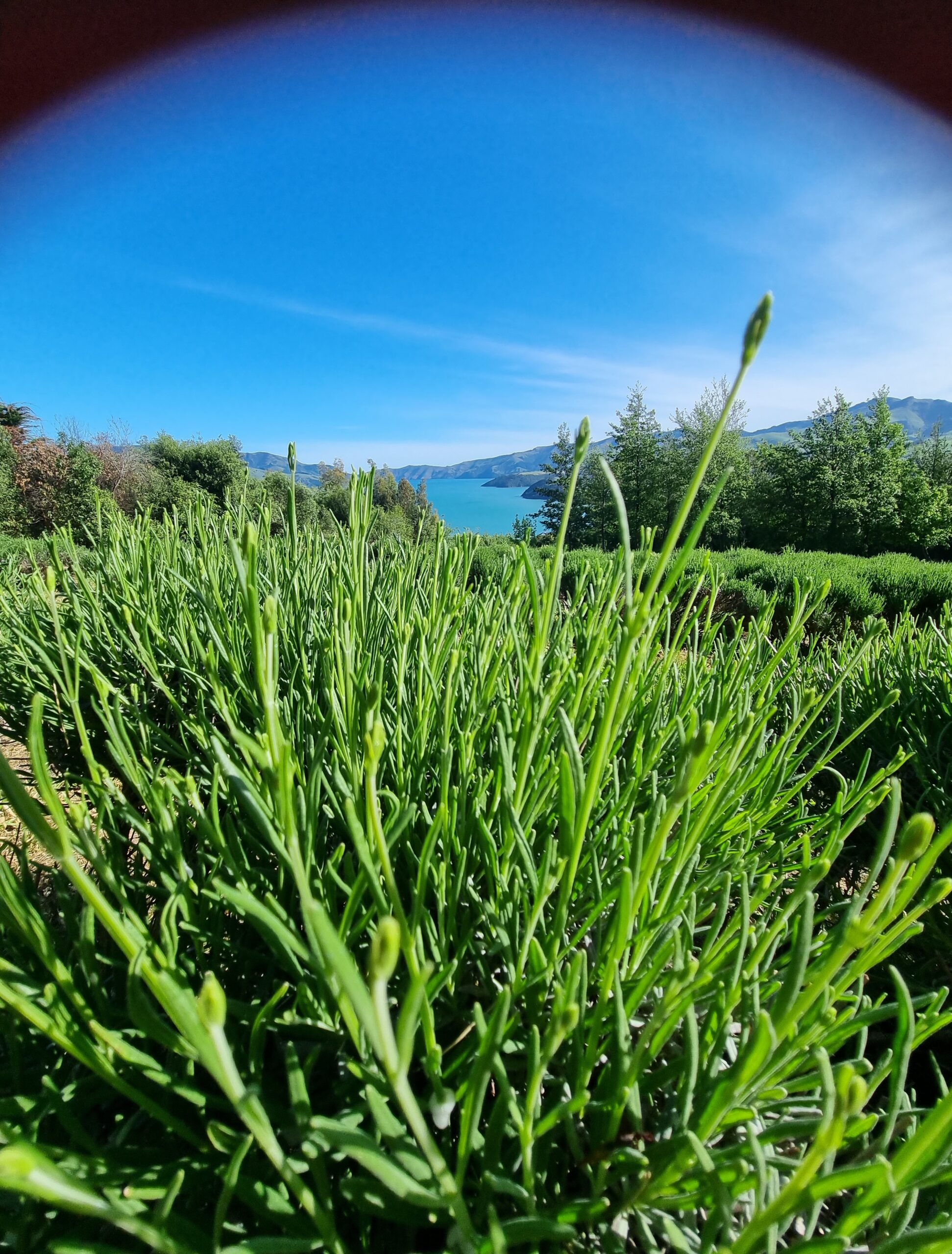of this and that (a brief history of lavender)
This months blog outlines a brief history of lavender. Winter suddenly arrived on Banks Peninsula this week with 120km hour winds, snow on the tops and a wind chill of 3C. It’s a great time to sit in front of the fire and reflect on this and that.
In ancient times lavender was used for mummification and perfume by the Egyptians, Phoenicians, and peoples of Arabia.
Romans used lavender oils for bathing, cooking, and scenting the air, and they most likely gave it the Latin root from which we derive the modern name (either lavare–to wash, or livendula–livid or bluish).
Lavender is mentioned often in the Bible, not by the name lavender but rather by the name used at that time, spikenard (from the Greek name for lavender, naardus, after the Syrian city Naarda).
In the gospel of Luke the writer reports: “Then took Mary a pound of ointment of spikenard, very costly, and anointed the feet of Jesus, and wiped his feet with her hair; and the house was filled with the odor of the ointment.”
Lavender is believed to have been taken from the Garden of Eden by Adam and Eve. Legend states the clothing of baby Jesus bestowed the scent when Mother Mary laid them upon a bush to dry.
In Medieval and Renaissance Europe, the washing women were known as “lavenders” and they used lavender to scent drawers and dried the laundry on lavender bushes. At that time lavender was grown in so-called “infirmarian’s gardens” in monasteries, along with many other medicinal herbs.
According to the German nun Hildegard of Bingen, who lived from 1098-1179, lavender “water,” – a mixture of vodka, gin, or brandy mixed with lavender – is great for migraine headaches.
Its holy reputation may have increased during the Great Plague in London in the 17th century, when it was suggested that a bunch of lavender fastened to each wrist would protect the wearer against the deadly disease. Furthermore, grave-robbers were known to wash in Four Thieves Vinegar, which contained lavender. They rarely contracted the disease.
In 16th-century France, lavender was also used to resist infection. For example, glove-makers, who were licensed to perfume their wares with lavender, escaped cholera at that time.
European royal history is also filled with stories of lavender use. Charles VI of France demanded lavender-filled pillows wherever he went. Queen Elizabeth I of England required lavender conserve at the royal table. She also wanted fresh lavender flowers available every day of the year, a daunting task for a gardener if you consider the climate of England. Louis XIV also loved lavender and bathed in water scented with it. Queen Victoria used a lavender deodorant, and both Elizabeth I and II used products Yardley and Co. of London.
Lavender and love are an ancient match. An ancient biblical story tells us that Judith anointed herself with perfumes, including lavender before seducing Holofernes, the enemy commander. This allowed her to murder him and thus save the City of Jerusalem.
The overwhelming power of this seductive scent was also used by Cleopatra to seduce Julius Cesaer and Mark Antony.
By Tudor times, lavender brew was being sipped by maidens on St. Lukes day to divine the identity of their true loves. They’d chant, “St. Luke, St. Luke, be kind to me. In my dreams, let me my true love see.” Lavender in the pillows of alpine girls brought hope of romance, while lavender under the bed of newlyweds ensured passion.
On a more modern note if you’re interested in cooking with lavender then we recommend this book . Nancy’s book has over 70 pages of inspiring color photos of lavender and dozens of lavender recipes, both savory and sweet.
Finally a reminder that from June 1st all our products are sold with free shipping! Happy shopping…
Sources: Lavender by Elen Spector Platt and Lavender: Practical Inspirations by Tess Evelegh

![remembering summer This months blog outlines a brief history of lavender. Winter suddenly arrived on Banks Peninsula this week with 120km hour winds, snow on the tops and a wind chill of 3C. It’s a great time to sit in front of the fire and reflect on this and that.
In ancient times lavender was used for mummification and perfume by the Egyptians, […] Read more…](https://www.akaroaorganics.co.nz/wp-content/uploads/2015/01/guarantee1-700x300.jpg)



